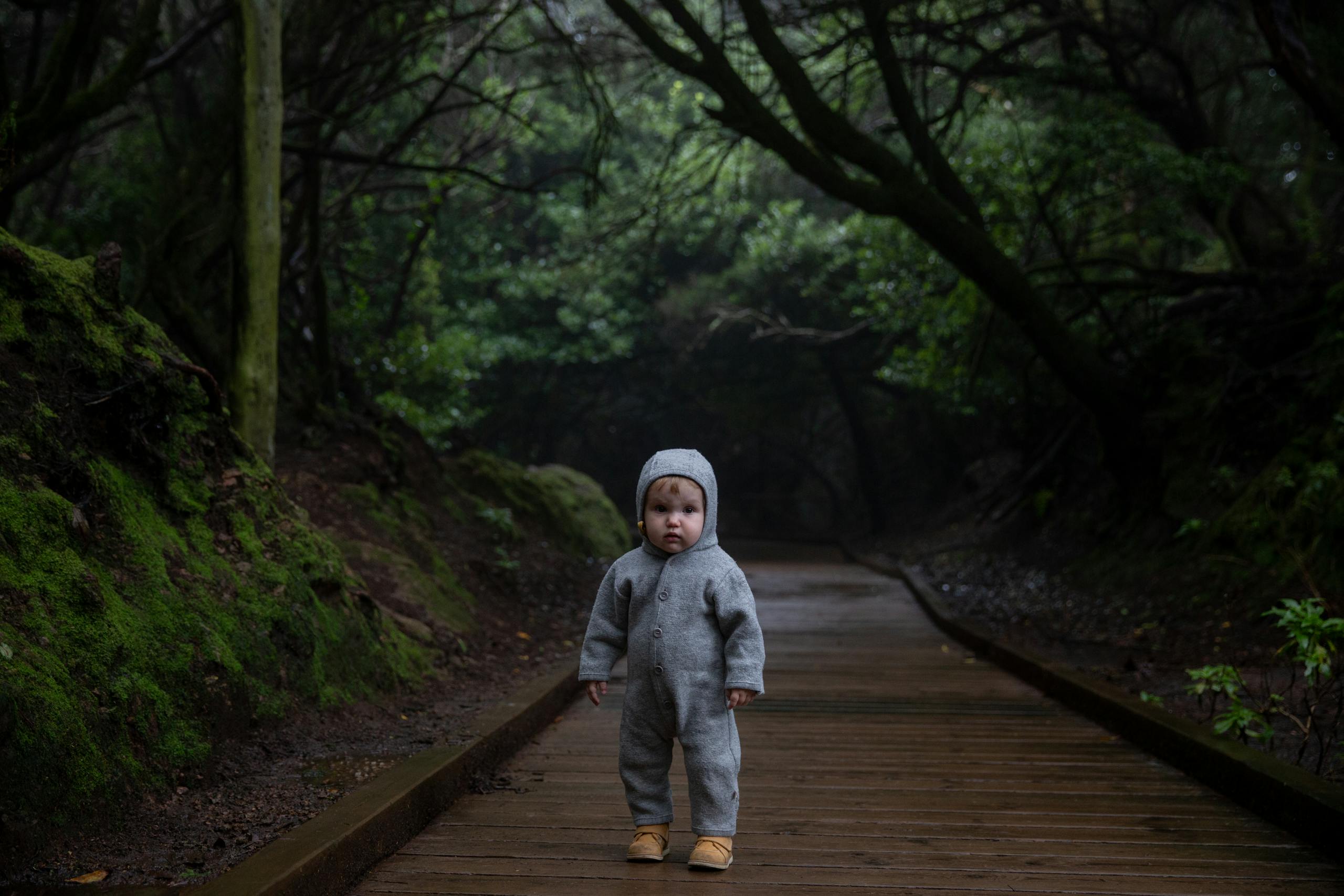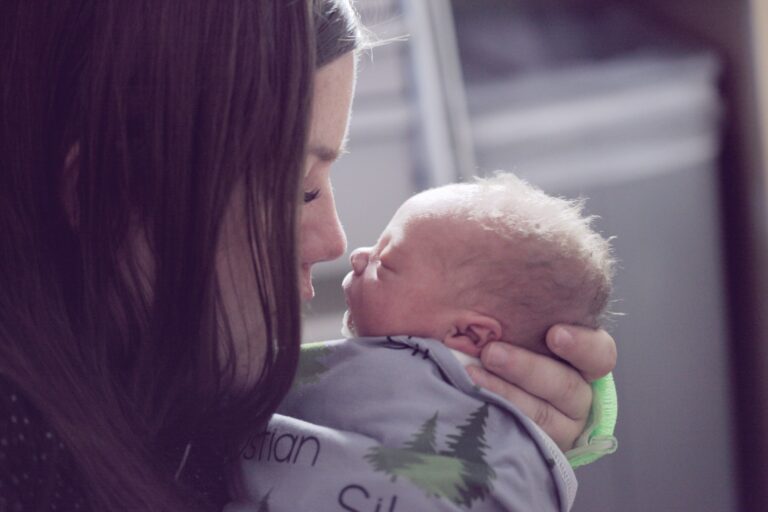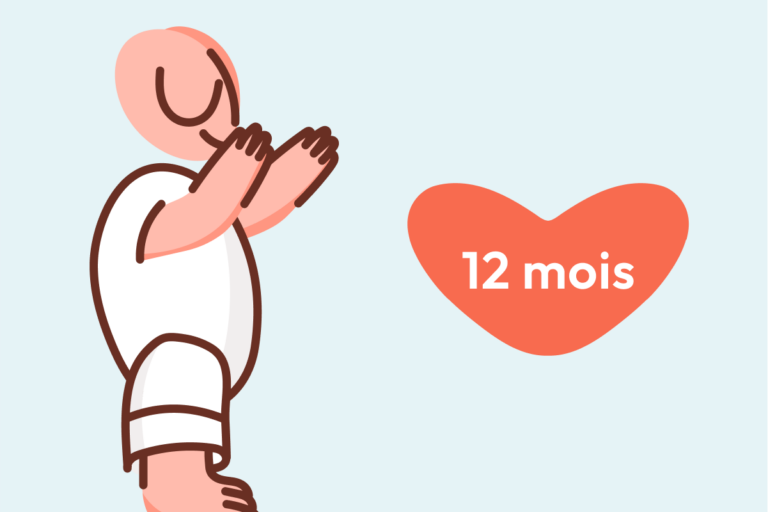There’s a moment, often subtle but unforgettable, when a young child’s entire presence shifts from playful exploration to tears and outstretched arms—the goodbye, no matter how brief, feels enormous to a tiny heart. Baby separation anxiety can transform everyday routines into emotional challenges, leaving many parents juggling both practical questions and a swirl of feelings. How long will these reactions last? Are nightly battles or clingy mornings a sign of something deeper, or simply one of childhood’s many phases? Step by step, the journey through baby separation anxiety is both demanding and full of developmental meaning. Here’s a spotlight on what truly happens in your infant’s mind, how to decode the cries, and why small strategies can bring calm to even the most anxious evenings.
Baby Separation Anxiety: Key Facts for Parents
A wave of emotion, sometimes sudden, sometimes expected—baby separation anxiety often arrives between 6 and 9 months, peaks before age two, and gently fades as independence blossoms. But what makes a short absence so unsettling? The science points to attachment, the cornerstone of emotional security, and object permanence, that cognitive leap where a baby understands you exist even when invisible.
You might notice a pattern: tears at the sight of your bag, bedtime resistance, or that iron grip as you attempt to slip away for a moment’s rest. These are not random; they map directly to brain changes and growing awareness. Infants with especially strong bonds often protest the loudest—not because of weak coping, but precisely because their sense of safety is so deeply tied to you.
Doctors and child psychologists remind us: typical baby separation anxiety ebbs and flows but rarely disrupts daily function for long. Yet there’s a distinction. If anxiety takes on a constant, intense quality—impacting sleep, play, or eating—healthcare assessment can clarify whether there’s an underlying separation anxiety disorder.
The Emotional Landscape: Why Baby Separation Anxiety Happens
Why does your baby, so fearless yesterday, suddenly cry at every parting? Biologically, infants are programmed to seek safety through closeness. As object permanence unfolds—with the growing brain now able to imagine what it can’t see—separations become confusing rather than neutral. The heart responds before words arrive: frantic searching, tears, the trembling lower lip.
It’s not just psychology, it’s survival. The need for proximity once protected little ones from danger; the brain’s alarms are ancient. Overlay this with tender, reciprocal attachment, and the result is a healthy yet sometimes exhausting cocktail of emotions. Environmental stresses—illness, new surroundings, changes in caregivers—amplify everything. Even a parent’s stress, often invisible to outsiders, can play through non-verbal cues that a sensitive baby absorbs immediately.
Developmental Science Behind Separation Anxiety
The brain, in its first years, evolves at a dizzying pace. Around 6 months, babies usually gain object permanence—they now grasp that parents don’t vanish completely when out of sight. This new awareness brings both wonder and worry: where has mum disappeared, and will she come back? The question lingers.
As physical skills—crawling, pulling up, eventually toddling—arrive, babies discover distance and space, sometimes thrilling, sometimes unsettling. Reactions to separation intensify if fatigue or other changes (a cold, a noisy house) join the mix. Over the months, repeated patterns where departures lead reliably to delightful reunions build trust and, eventually, resilience.
Contributing Factors and Risk Elements
Every family’s story has its distinctions, yet certain themes recur:
- Strong attachments: Paradoxically, the more emotionally tuned a parent, the sharper the separation reaction can be.
- Cognitive leaps: Rapid neural growth and the arrival of object permanence rewire expectations about “absence.”
- Environmental shifts: A move, the birth of a younger sibling, or a new caretaker often fans the flames of baby separation anxiety for weeks.
- Parental emotional tone: Babies notice everything—a hurried goodbye, tension in a parent’s voice, or gestures of affection.
- Parenting approach: Predictable routines and gentle comfort foster trust, while unpredictable or always-on-guard environments may amplify distress.
- Genetic sensitivity: A naturally cautious or “slow to warm up” temperament, possibly family-linked, can heighten proneness to anxiety.
Manifestations: Signs and Symptoms
What does baby separation anxiety look like in the day-to-day?
- Sudden, intense crying when a parent steps away—even for a few seconds.
- Physical clinging, sometimes to the point of refusing even favourite relatives.
- Disturbed sleep: More frequent wakings, resistance at bedtime, needing a parent near to fall asleep again—night after night.
- Shifts in eating or play: A once talkative baby grows quiet, or, conversely, a calm child throws tantrums around change.
- Difficulty with others: Familiar faces no longer offer instant comfort, and the child fixates singularly on one caregiver.
- Persistent distress: If these symptoms persist beyond age three, intensify, or disrupt family functioning, professional advice makes sense.
The Upside: Positive and Long-Term Effects
Pausing for perspective—why does baby separation anxiety exist, apart from making mornings and nights extra tricky? It signals deep attachment, the first building block of secure relationships. Through cycles of parting and joyful reunion, children learn to manage emotional ups and downs, invent coping strategies, and, crucially, begin their journey towards independence.
Shifting from total dependence to confidence in being alone, even momentarily, paves the way for emotional stability later on. If difficulty with separation lingers well into preschool years, or brings ongoing worry about being abandoned, gentle intervention early can avert relationship and anxiety struggles later.
Sleep and Baby Separation Anxiety: A Tangled Web
Why do evenings often turn into battles? Many parents quietly wonder why bedtime—a moment of calm—brings protest. In reality, sleep itself can evoke fears of separation. For a child in the throes of baby separation anxiety, night means several hours apart, a vast unknown.
Practical ways to soothe include:
- Set rituals: The same lullaby, bath, or goodnight phrase builds predictability.
- Transitional objects: After 12 months, a soft cloth or cherished toy can offer comfort.
- Brief, clear goodbyes: Avoid lingering or tears—your calmness sets the mood.
- Practice daytime partings: Short, positive separations teach that every goodbye is temporary.
- Ensure no loose items in the crib before one year for safety.
Strategies for Supporting Your Baby Through Separation Anxiety
How can small tweaks make a real difference? Start with emotional security: routines and rituals are not stifling—they create safety. Simple explanations (“Mummy will come after snack time”) reassure, even if language is still developing.
Try breaking up absences: Start with two minutes apart, with a trusted adult, then gradually increase. Make returns part of a predictable pattern—celebrate with a smile or a favourite game. Transitional objects, like a soft toy, can bridge the gap between your presence and absence. Above all, acknowledge your child’s feelings: respond with calm, steady affection. Independent play deserves encouragement—praise little steps towards brave solo exploration.
Baby Separation Anxiety vs. Fear of Abandonment
What’s the difference? While both evoke strong reactions, baby separation anxiety is usually a temporary, age-linked phenomenon—a simple response to you stepping away. The fear of abandonment cuts deeper. Here, the concern is not simply about absence, but about not returning at all. If your child’s anxiety feels out of proportion or persistent, think of it as a signal—a request for reassurance.
Adjustments for Family Life and Parental Well-being
Changes ripple far beyond the nursery. New routines, night waking, the uncertain leaving at daycare—these can stretch patience and energy thin. Guilt and self-questioning may surface: Am I making this worse? Paediatric advice here is clear—baby separation anxiety is a natural reflection of healthy attachment, not a failing. Prioritise small moments of rest for yourself, seek help when possible, and communicate openly with other caregivers. Patterned routines benefit the whole household, smoothing transitions and reducing stress.
When Is Extra Help Necessary?
Certain warning signs suggest a need for professional assessment:
- Intense anxiety continuing well past age three
- Signs of panic, nightmares, or physical symptoms at parting
- Persistent disruption in eating, sleep, or social life
A paediatrician, child psychologist, or early childhood specialist—these professionals can tailor guidance, offer reassurance, and, when needed, recommend further steps.
Practical Coping and Management Tools
Consider building trust like you do a house: foundation first, then steady growth. Routines, gentle partings, interactive games like “peekaboo” (a great builder of object permanence), and transitional items all help. Your baby notices everything—calm, confident departures, praise for independence, soothing touch when upset. Try to avoid dramatic exits; keep things quick, loving, and predictable.
Prevention and Early Support
It’s surprisingly simple. Quick, loving responses to distress nourish attachment. Predictable sleep and meal routines, brief absences that expand over time, and rewarding calm separations all foster resilience. Adapt advice to your own culture and family rhythms—a flexible approach brings lasting results. When facing big transitions, slow and positive preparation matters: tour the daycare, talk out changes, make each step as transparent as possible.
Baby Separation Anxiety and Cultural Perspectives
Parenting never exists in a vacuum. In some places, co-sleeping, multigenerational care, or constant physical contact is standard. Elsewhere, early independence is valued. Each approach shapes, but doesn’t determine, how baby separation anxiety unfolds. What remains universal is the need for warmth, predictable comfort, and respect for each child’s pace.
Separation Anxiety Beyond the Baby Years
The story doesn’t end as soon as the first step is taken. New challenges—starting preschool, a new home, a sibling’s birth—can trigger the return of anxiety. This time, words accompany the tears. Honesty (“I’ll be back after naptime”), ongoing practice with short separations, and familiar comforts ease even big transitions. Listen to worries, reinforce routines, and praise progress—again and again.
What the Research Shows: Evidence-Based Insights
Decades of research confirm: secure attachment, gradual separations, and transitional objects significantly ease baby separation anxiety. Responsive, measurable comfort is repeatedly linked with stronger resilience and emotional well-being. Experts advocate for structured routines, gentle exposure to absence, and timely professional intervention if anxiety stays elevated. Science dispels the myth—nurture and warmth do not create clinginess, but rather, build a foundation for confident independence.
Myths versus Reality: Tackling Misconceptions
Concerns linger about “spoiling” a child with too much comfort. Evidence speaks otherwise: ignoring distress risks entrenching anxiety, while empathy and structured support accelerate a child’s sense of security. Independence emerges not from emotional distance, but from reliable reassurance. The pathway out of baby separation anxiety is paved with patience, understanding, and repeated, gentle steps.
Key Takeaways
- Baby separation anxiety is a common, healthy phase—tied to attachment, brain growth, and emotional development.
- Patterns of tears, clinginess, and disrupted sleep are normal, though individual experiences vary.
- Consistent routines, gradual separations, empathetic responses, and transitional objects support trust and resilience.
- Parenting traditions differ; choose what fits your values and your child’s temperament.
- Persistent, intense anxiety calls for professional support.
- Personalised support is always available—explore resources, consult specialists, and for tailored tips and free child health questionnaires, download the application Heloa.
Questions Parents Ask
How long does baby separation anxiety last?
Baby separation anxiety commonly toggles in between 6–9 months and often diminishes by age two or three, but every child’s timeline holds surprises. Some bounce back rapidly, others may need extra months. If the anxiety drags on after age three or disrupts life, consult a child health expert. This period is best seen as a temporary reflection of growing attachment and not a mark of failure or weakness.
Can separation anxiety influence eating or other routines?
Certainly. During heightened baby separation anxiety, eating habits might fluctuate, or interest in meals could drop—especially around stressful goodbyes. Sleep disruptions and changes in play are also common. Thankfully, these disturbances usually vanish with consistent routines and gentle encouragement. Offering reassurance and sticking to familiar patterns helps rebuild appetite and stability.
What helps a baby feel safer during separations in new places?
Unfamiliar environments can make baby separation anxiety sharper. A familiar blanket or treasured soft toy often works wonders. Spend a moment together exploring the new space, pointing out friendly faces or interesting objects. Short, positive goodbyes with clear reassurance make the transition easier. Often, a parent’s composed and soothing presence is the most powerful “comfort object” there is.
Further reading:









